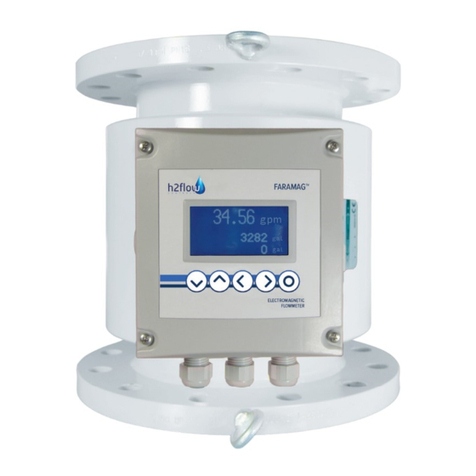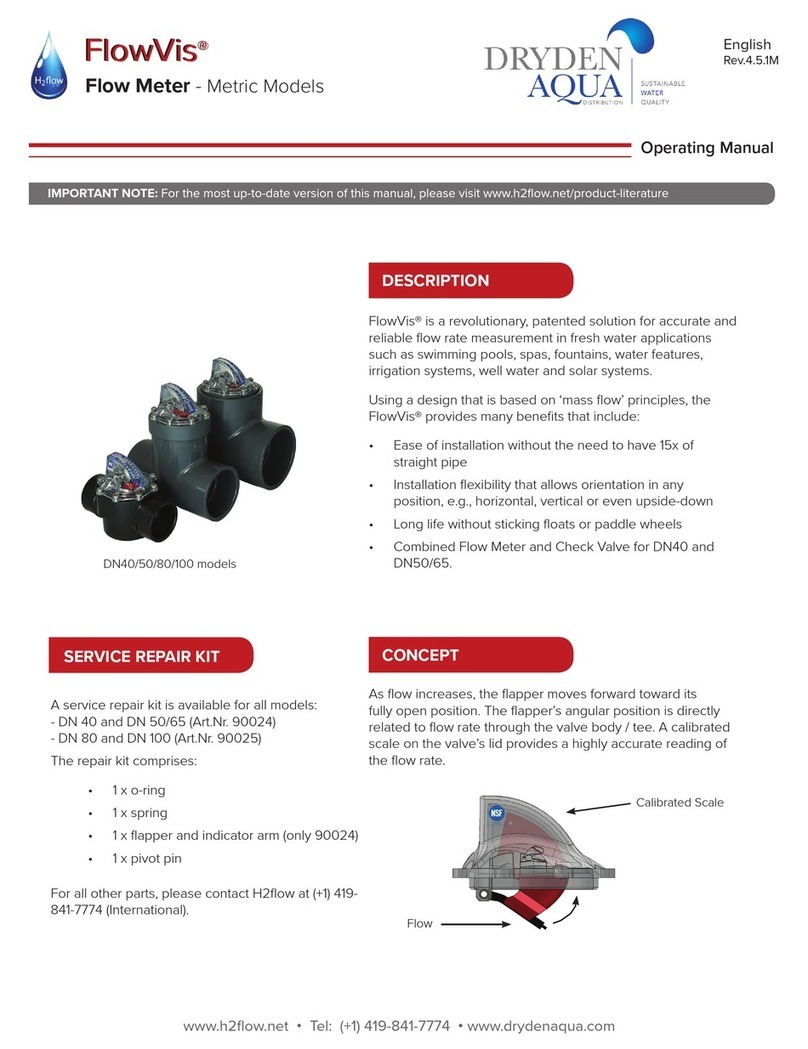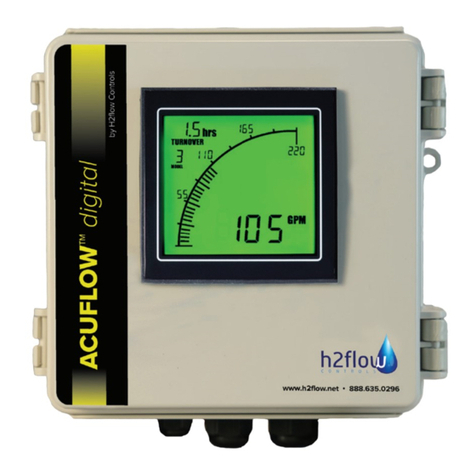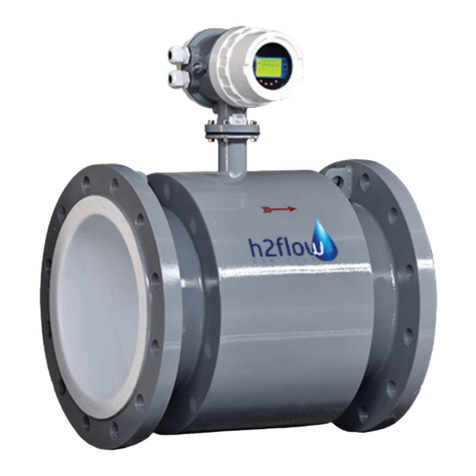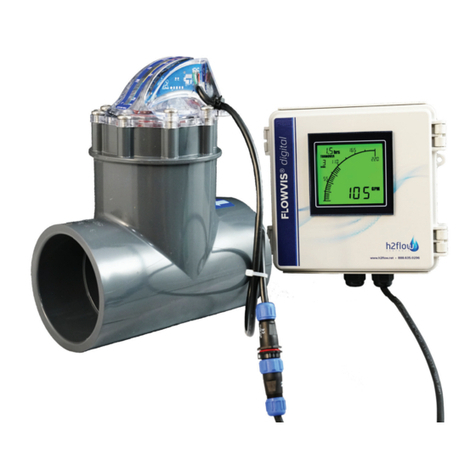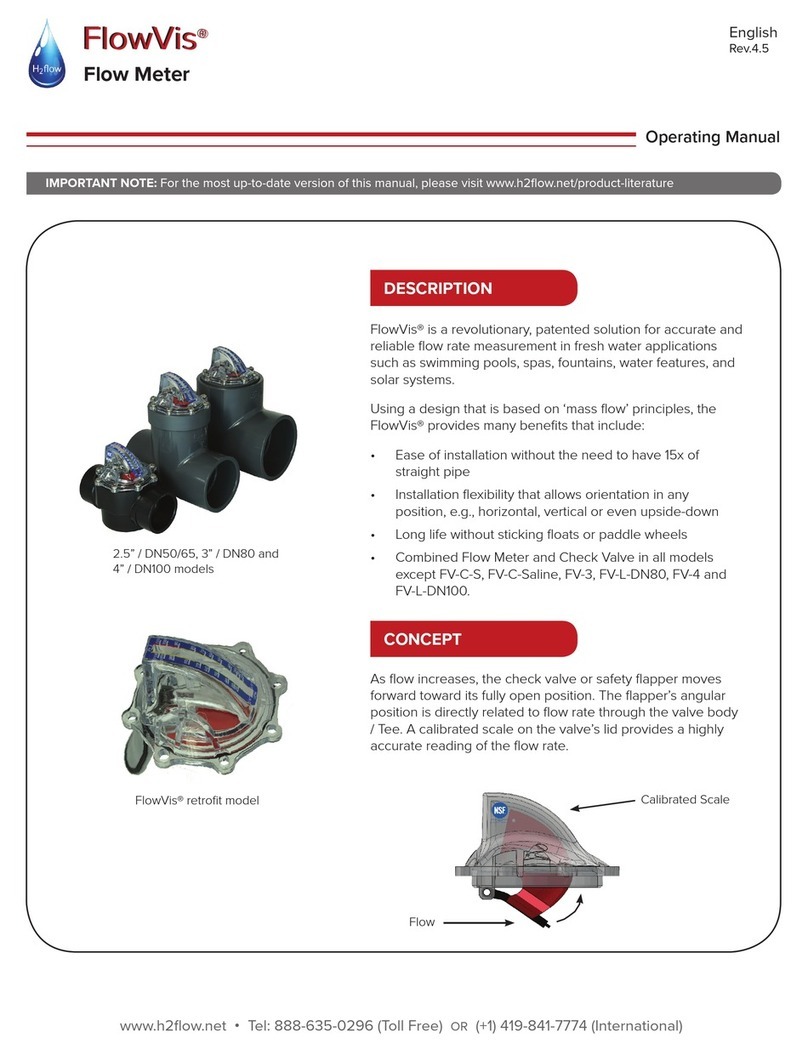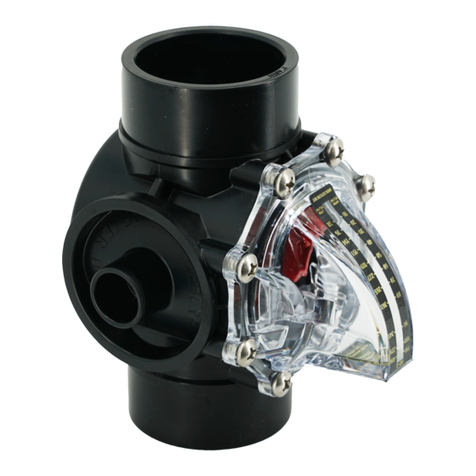
1.Description .....................................................................................3
2. Concept...........................................................................................4
3. Resources .......................................................................................4
4. Service Repair Kit...........................................................................5
5. Markings, Features, Warnings & Safety .....................................5
5.1 NSF 50 ...............................................................................................5
5.2 Valve Body Feature.........................................................................6
5.3 Tygon Tubing ....................................................................................6
5.4 Warnings & Safety ...........................................................................7
5.5 Indoor / Outdoor Rating.................................................................7
6. Models & Specifications................................................................8
7. Installation Locations ....................................................................10
7.1 Systems using Salt Generator Cells ...........................................10
7.2 Systems using Erosion Chlorine Feeders.................................11
8. Installation ......................................................................................12
8.1 General Installation Guidance......................................................12
8.2 Certified NSF 50 Accuracy and Assoc. pipe Configs. ...........13
8.3 Pipe Configs. other than those used by NSF for Testing......14
8.4 NSF 50 Accuracy Levels ...............................................................14
8.5 Installation of saddle-clamp style models.................................15
8.6 Installation of Union-style models...............................................16
8.7 Tightening of Lid Screws...............................................................18
9. Operation........................................................................................19
9.1 Reading the Flow Rate...................................................................19
9.2 Reading the Velocity Rate.............................................................20
10. Head Loss Data..............................................................................21
11. Dimensions.....................................................................................22
12. Maintenance...................................................................................25
13. Technical Data................................................................................26
13.1 Material Data Sheet (MSDS) .........................................................26
13.2 Operational Data.............................................................................28
13.3 Straight Pipe Requirements..........................................................29
14. Warranty..........................................................................................30
contents












